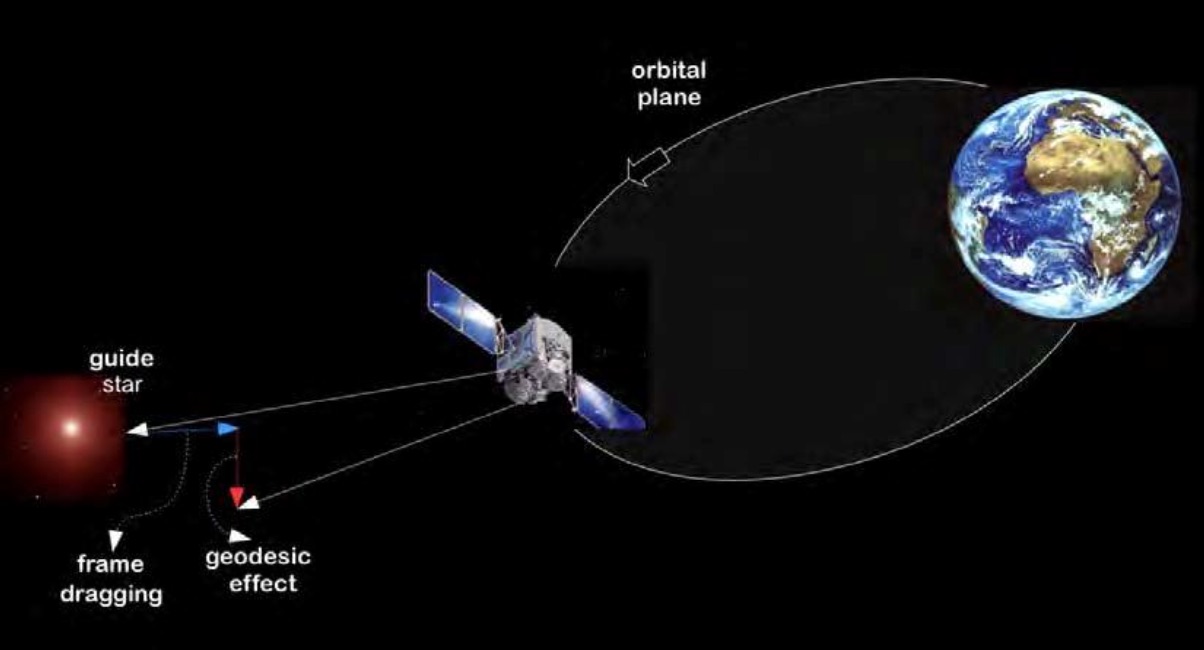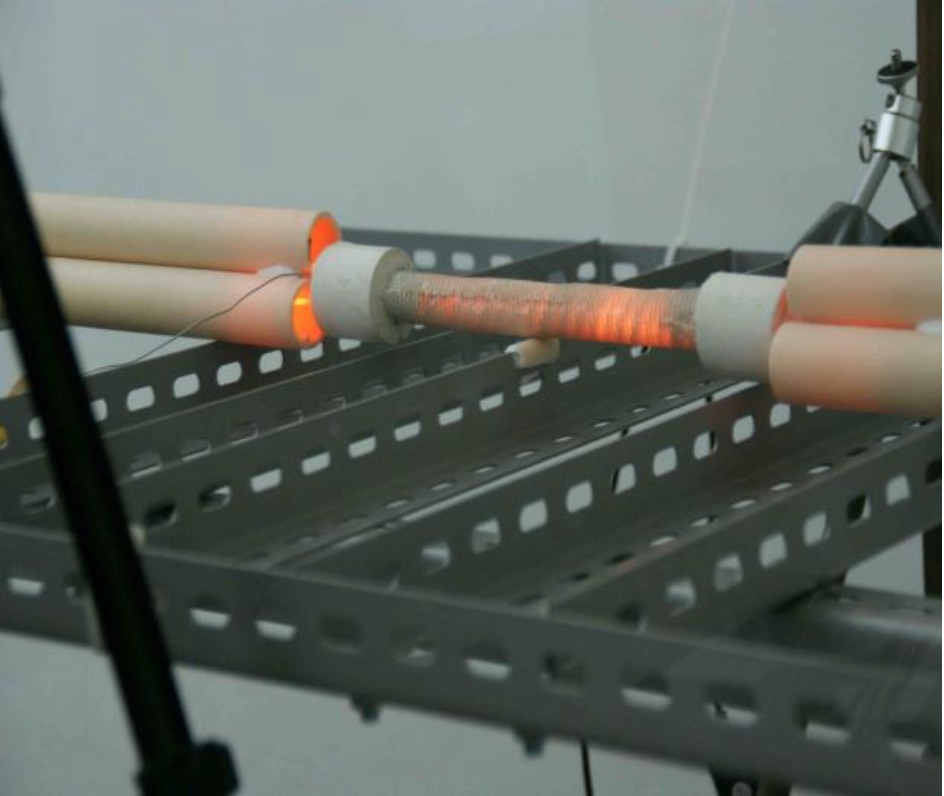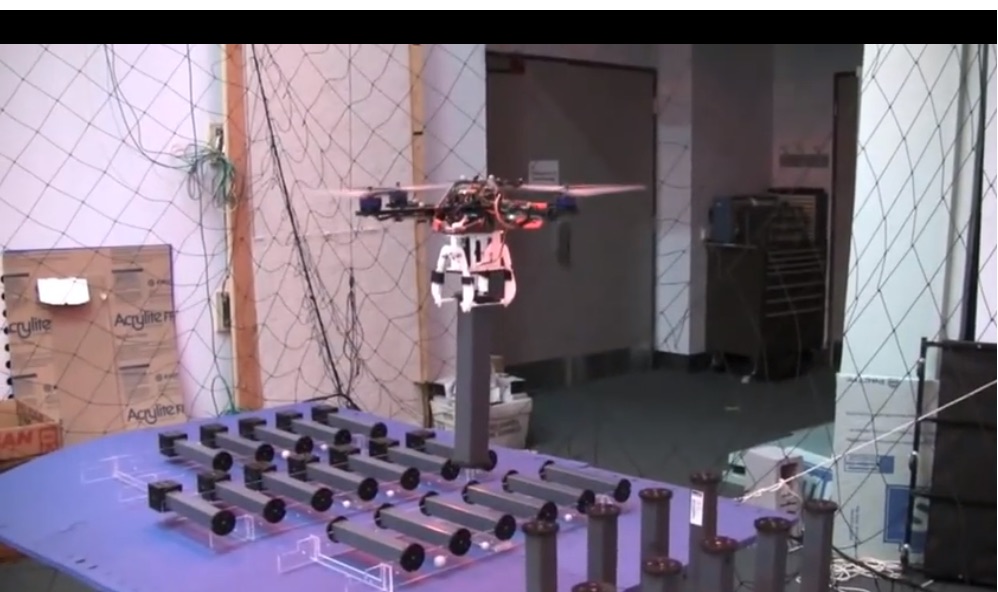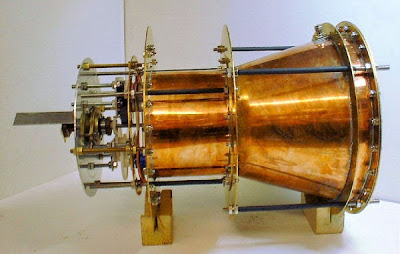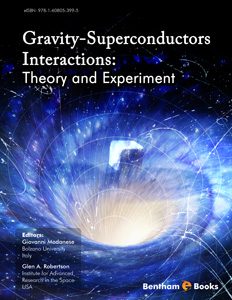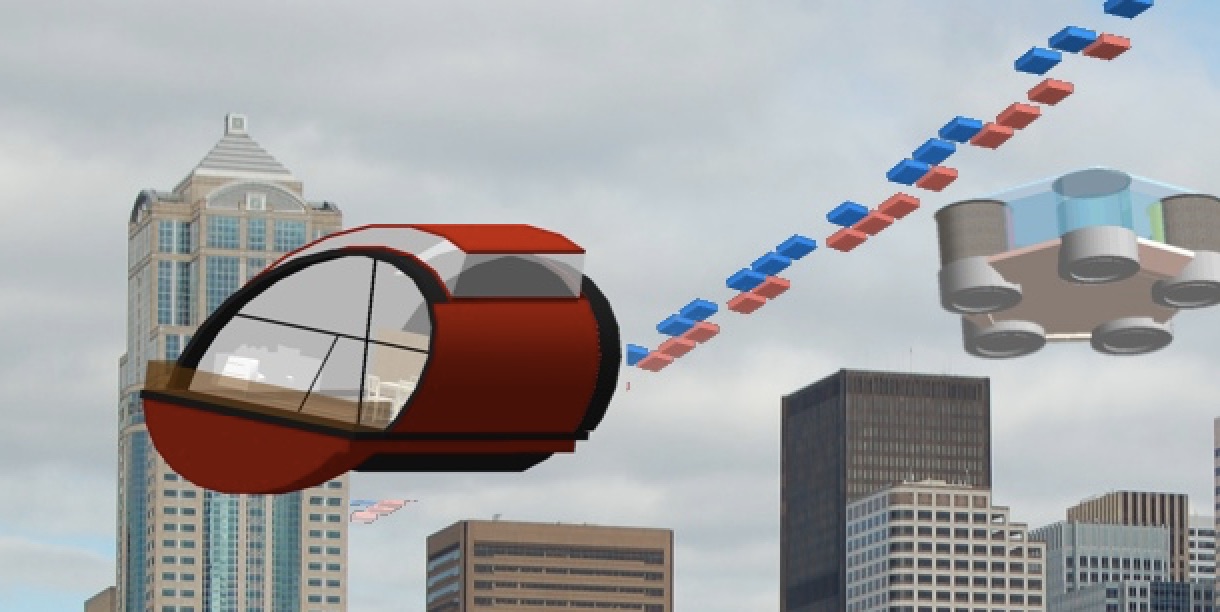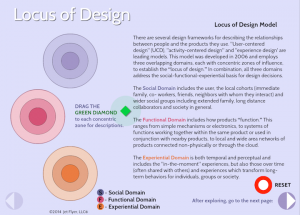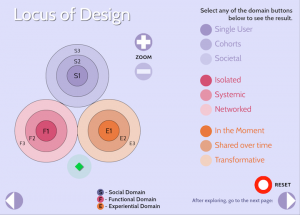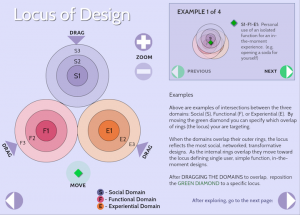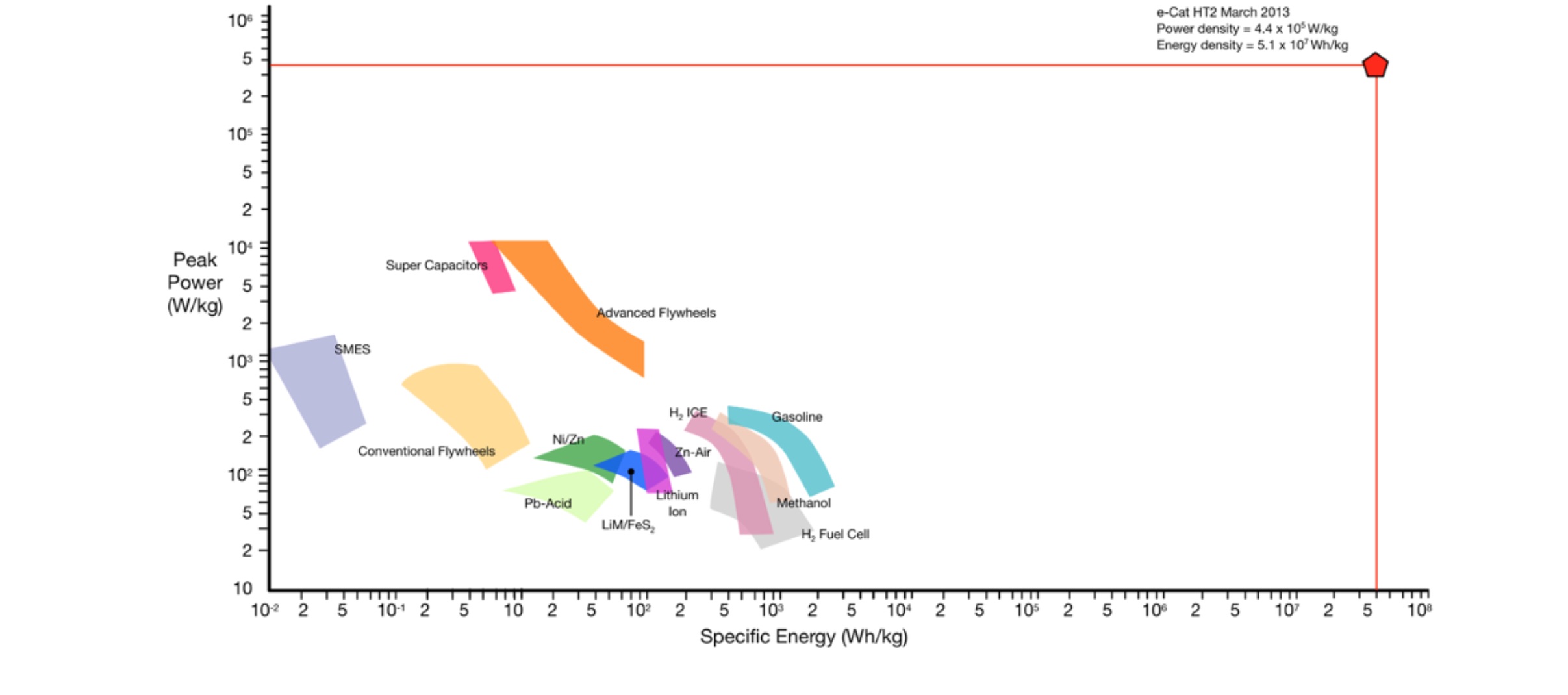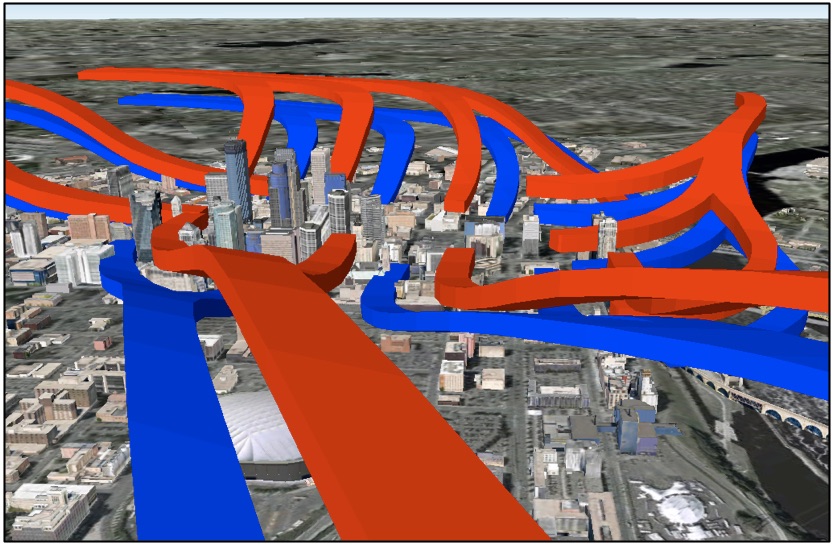Until it becomes a discipline in its own right with its own set of best practices, gravity design will likely begin as an intersection of other design disciplines. Other design disciplines may include:
Industrial/Product Design
Interface Design
Transportation Design
Architecture
Urban Design
Experience Design
…and other non-design disciplines:
Social demography
Cultural studies
Sports kinesiology
Medicine
…and likely several others.
The ebook Gravity 2.0 was primarily a resource for conveying the discovery of a potential route to gravity modification and a scoping document for areas of impact.
The following are design factors for gravityships and floating architecture (gravitecture+) to be considered by practitioners of gravity design. The intersection with other design and non-design disciplines to address those factors will determine the range of considerations and skills to be developed by gravity designers.
For gravityships:
Control and display interfaces
• While under conditions of acceleration, deceleration
• While under conditions of weightlessness
• While body orientation to acceleration/deceleration is in the coronal, sagittal or transverse (axial) planes.
Regulatory parameters for flight
• FAA and ICAO craft types include hovercraft, fixed wing aircraft, rotorcraft, glider, lighter-than-air, powered parachute and weight-shift control but not gravityships.
Vertical Airspace
• Class G (uncontrolled, less than 1200 feet AGL)
• Class E (controlled, ground, <700 feet AGL, <1200 feet AGL)
• Visual Flight Rules vs Instrument Flight Rules with SATS
Flight Paths
• Use of flight corridors, flyways, roadways, waterways
Safety
• For pilots, passengers, flight controllers, maintenance
Environment
• Refining, processing and disposal of superconducting materials, disposal of reaction mass to be acted upon (e.g. lead), extraneous “gravity-like field” pollution
Parking
• Access to parking facilities
• Specialized parking structures
Power
• Storage via Lithium-air or other storage systems
Vehicle to Grid
• Payment to owner when parked and providing excess power to electrical grid
• Payment to owner when parked and providing gravitational lift to structures
Traffic controls
• Navigational beacons at elevations, GPS guidance
Aerodynamics
• Shaping of windshields/cowlings/airfoils with gravity-like fields
Communications
• Vehicle to vehicle communications for navigation and networking
• Vehicle to ground communications using WiFi and cellular networks
Pilotless/smart vehicles
• Extensions of regulations pertaining to drones
• Use of “smart” vehicle technology for autonomous navigation
For gravitecture+ (floating residences):
Control and display interfaces
• While under conditions of acceleration, deceleration, ascent, decent
Taxation for structures not affixed
• Shadow tax (adumbration) as with floating homes
• Roaming fees
• “Slip” fees
Private rights vs real property rights
• Right to moor for extended periods of time
• Right to sunlight (“hikage kisei”) if gravitecture+ blocks sun
• Right to view if gravitecture+ blocks view
• Air rights (without use of “transfer of development rights”)
Utilities
• Mooring services
• Storage of water
• Generation/storage of electricity
Waste treatment
• Disposal of waste water and garbage
• Demographics
Citizenship
• Voter registration
• Determination of residency
Regulatory parameters for flight
• Those from FAA and ICAO (mentioned above)
• Right to light (large structures blocking light)
• Right to view (large structures blocking view)
Vertical Airspace
• Class G (uncontrolled, less than 1200 feet AGL)
• Class E (controlled, ground, <700 feet AGL, <1200 feet AGL)
• Visual Flight Rules vs Instrument Flight Rules with SATS
Cabotage
• First Freedom of the Air (freedom to land)
• Second Freedom of the Air (freedom to fly without landing)
Flight Paths
• Use of flight corridors, flyways, roadways, waterways
Safety
• For pilots, passengers, flight controllers, maintenance
Environment
• Refining, processing and disposal of superconducting materials, disposal of reaction mass to be acted upon (e.g. lead), “gravity-like field” pollution
Power
• Storage via Lithium-air or other storage systems
• Generation via LENR
• Generation via azimuthal rotation (similar to homopolar motor but using Heim-Lorentz force rather than Lorentz force)
Land values
• Diminishing value of non-floating residential properties with the advent of gravitecture+ alternatives
